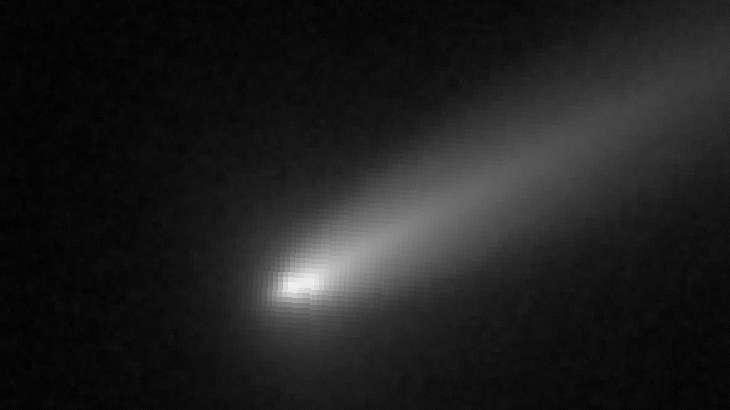SAN FRANCISCO — Intensive irrigation in the Western United States could be causing wetter summers on the East Coast, new research suggests.
"Agricultural irrigation can contribute to downstream precipitation," said study co-author Travis Andrews, a doctoral candidate in earth and environmental sciences at Lehigh University in Pennsylvania. "In this case, I was looking at the northeastern United States, but it could happen anywhere," said Andrews, who presented the findings here yesterday (Dec. 9) at the annual meeting of the American Geophysical Union.
The East Coast of the United States has seen wetter weather in the last 50 years compared to prior years, with some regions, such as the Catskills in New York, getting about 1.6 inches (4 centimeters) more rain in June and July today compared to 50 years ago.
Most scientists attributed this wetter weather to the rise in greenhouse gases such as carbon dioxide in the atmosphere. That's because warmer air can hold more water vapor, making it likelier that rain will result.
But Andrews wondered whether irrigation could play a role as well: Agriculture accounts for 70 percent of all water use on the planet and many crops in the western United States are heavily irrigated.
So the researchers used a computer model of the Earth and its atmosphere that captured the effects of land use, agriculture, atmospheric conditions, evaporation, temperature, wind patterns and many other variables to look at how irrigation affected rainfall patterns.
The team found that about half of the water fed to thirsty crops in the Western parts of the country evaporated into the atmosphere, where air currents carried it to the Northeast. The evaporation was the most pronounced during June and July — the hottest months when crops need the most extra water, and when that water evaporates from the soil most easily.
Get the world’s most fascinating discoveries delivered straight to your inbox.
On average, about 0.5 inches (1.2 cm) of rain fell on the Northeast during June and a July as a result of the heavy irrigation, the model found. In August, the prevailing winds shift and the extra water falls more on the southern Atlantic states.
The impact of irrigation isn't all that surprising, given that the western United States poured enough water into crop irrigation to fill the entire Great Lakes region with 2.3 feet (0.7 meters) of water, Andrews told LiveScience. All told, irrigation could account for about a quarter of the increased sogginess on the East Coast, though global warming is likely responsible for the rest, he speculated.
Of course, reducing crop watering to make the East Coast summers a little drier isn't an option.
"We can't stop the irrigation; it's critically important for food security, especially in the face of more droughts," Andrews said.
But the crop watering may mean the Eastern portion of the country will face fewer droughts in the future, he said.
Follow Tia Ghose on Twitter and Google+. Follow us @livescience, Facebook & Google+. Original article on LiveScience.

Tia is the editor-in-chief (premium) and was formerly managing editor and senior writer for Live Science. Her work has appeared in Scientific American, Wired.com, Science News and other outlets. She holds a master's degree in bioengineering from the University of Washington, a graduate certificate in science writing from UC Santa Cruz and a bachelor's degree in mechanical engineering from the University of Texas at Austin. Tia was part of a team at the Milwaukee Journal Sentinel that published the Empty Cradles series on preterm births, which won multiple awards, including the 2012 Casey Medal for Meritorious Journalism.
